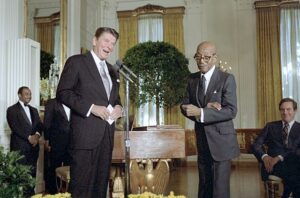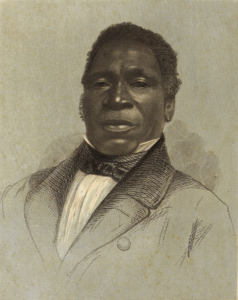U.S. Vice President Spiro Theodore Agnew (1918-1996) pleads “No Contest” in federal court. In lieu of a jury trial and potential jail time, he is sentenced to a $10,000 fine and 3 years unsupervised probation for tax evasion. He resigns in disgrace and is replaced by Gerald Ford. President Nixon soon resigns over the Watergate controversy and Ford becomes the 38th U.S. President.
Agnew, however, is not the first Vice President accused of a crime. Aaron Burr (best known for shooting Alexander Hamilton in a duel), is tried for treason and acquitted in 1807.
Maryland ‘s Spiro Agnew has a history of political corruption and received cash “kickbacks” from contractors as a Baltimore County Executive, Maryland Governor and sitting Vice President in the White House. Noted as a moderate Republican, Agnew moves to the right, confronting the fiery civil rights demonstrations of the late 1960s. He is President Nixon’s “attack dog,” strongly criticizing the media and liberal politicians. He leaves a legacy for many as a founder of the “New Right” conservatives, pursuing distrust of government that he asserted was controlled by “elitists and liberals.”






